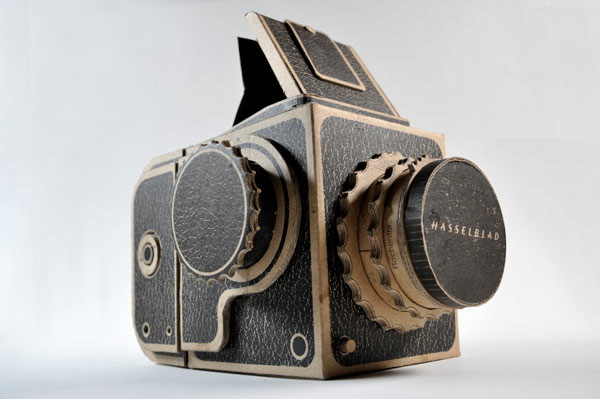
Cardboard Pinhole Camera Pdf Free Download Programs
Myepson portal. » l200 epson myepson portal » drivers my epson portal l200 » epson l800 myepson portal download » my epson portal epson l100 » myepson portal驱动 » myepson portal l200 baixar » myepson portal is not installed l200 » my portal epson baixar » portalepson instalacao l200. Return back to support options for Epson L800. Other Epson Sites. Epson Partner Portal. If you would like to register as an Epson partner. Find and download Epson L800 Applications printer drivers. Download L800 drivers from our FTP Servers.
Please vote for me in the Hands-On Learning Contest, thanks! If you're somebody who likes to take film photographs, you know the satisfaction you get from a film photo that you just don't feel when you use digital. Just imagine seeing the first photo you get out of a camera you designed and built yourself!
Students use everyday items to build a solar eclipse viewer. They use it to examine the sun's corona and storms from the sun, such as solar flares and Coronal Mass Ejections (CMEs). Clean pinhole in one piece of cardboard and let the sunlight fall through that hole onto the second piece of cardboard, which serves as a screen, held below it.
It is a fantastic feeling that you absolutely must experience! The process of designing and building a camera may seem daunting, but with a little patience and the help of this Instructable and some further reading, you'll be able to do it. You can use this information to figure out what you want to build, gather some simple materials and tools, and build it! I want it to be clear that building a pinhole camera relies on your abilities, available materials, and your desired outcome. As a result, this Instructable is less of a step-by-step and more of a lesson on how pinhole cameras work, the physics involved, and some practical knowledge I gained while researching and building my own camera. I'll do my best to answer any questions but please try to keep this in mind when reading; thinking and problem solving are required. First thing, what is a pinhole and why does it have optical properties?
A pinhole has the ability to function like a glass lens because it excludes all light rays which are not reflecting off the subject that the camera is pointed at. Poisk podarka po zapiskam detyam. When light hits an object, it is scattered in all directions; this is why the object is visible from any angle.
If all this light was entering a camera and hitting the film, no image would be produced. The light needed for a photo has to be aligned to make a focused image. The pinhole excludes light rays from all irrelevant angles and only allows through rays which are almost perfectly aligned from the subject through the pinhole to the film.
See the image above. The red lines are light rays. Note that they cross at the pinhole and produce an inverted image. Applications of this phenomenon; the pinhole camera First used in both ancient Greece and ancient China, pinhole cameras are a form of camera that takes images without using a conventional optical lens. Originally called a 'camera obscura' they were large boxes or rooms which had a hole in one wall. This hole formed a sort of lens resulting in a projection on the opposite wall of the scene outside. Someone inside the camera would then place a piece of paper on the wall and trace the projected image.
Once photo-sensitive materials were discovered and film was invented, the design was miniaturized but the concept remained the same. A basic pinhole camera is a light-tight container with a tiny hole at one end, and a piece of photo-sensitive material at the opposite end. Light passes through the pinhole and the photons cause a chemical change on the film, resulting in an image being produced. Since the pinhole is very small, the light passing through it is light which has a particular direction; it is heading directly at that pinhole from the subject, and at a certain angle that it can pass through the pinhole. All other light from the scene does not reach the inside of the box. If all the scattered light that might happen to fall on the film was allowed, no coherent image would be produced.
Some terminology: Pinhole camera: A camera which utilizes a pinhole instead of a glass or plastic lens. The pinhole is quite literally a pin-sized hole in a piece of thin, opaque material. Usually sheet metal is used. Depth of field: With any camera lens, the depth of field is the forward and backward distance from where a lens is focused to that is in focus.
On optical cameras, this is determined by the size of the aperture inside the lens. In a pinhole camera, this is determined by the diameter of the pinhole itself. The smaller the pinhole, the larger the depth of field will be. The effect can be so pronounced that the foreground and background of an image can be in focus simultaneously. This is something that even the best DSLRs can't do.
Focal Length: The focal length is the distance an optical system takes to converge light. It applies to pinhole photography as the ideal distance from the pinhole to the film. It is calculated based on the diameter of the pinhole. If the film is not the correct distance from the pinhole the image will be out of focus.